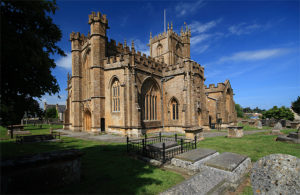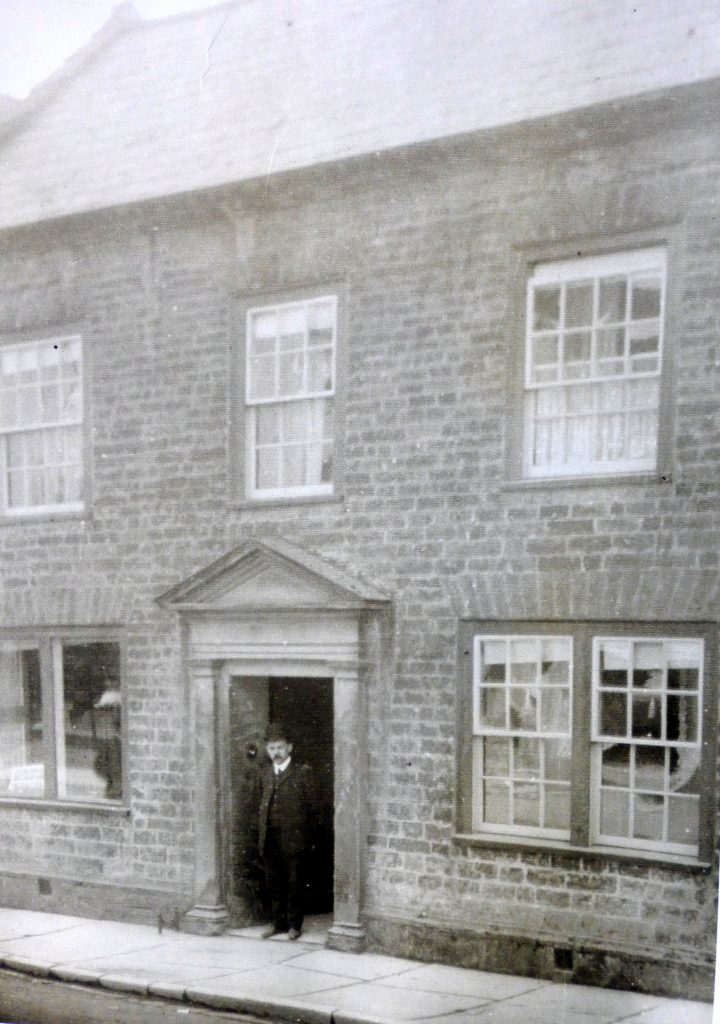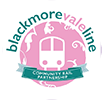
Georgian domestic architecture is seen as its best in many of England’s old market towns, and Crewkerne is no exception. Indeed the town is particularly fortunate in the high quality of many of its buildings and the completeness of its Georgian streetscape.
‘Georgian’ refers to the reigns of the first four King Georges (1714 – 1830), though the Georgian style carried on in many rural areas through the reign of William IV into the early days of Queen Victoria after 1837. Some of Crewkerne’s most ‘Georgian’ looking houses are strictly Victorian! This was the great period of the English house, characterised by the adaption of classical architecture principles and details to the design of houses that were pleasing to look at and convenient to live in.
The most obvious feature of the Georgian house is the multi-panel sash window, and it is the number, proportion and size of these windows that determine more than anything else a house’s appearance and character. The windows also help to indicate a date: if they are three ‘lights’ (window panes) wide they are likely to be eighteenth century, if four nineteenth. If the ‘sash boxes’ are external (ie the window appears surrounded by a wide band of wood) they are likely to be earlier (pre-1790s); if they are hidden behind the stonework they are probably later.

After the window, the Georgian doorway is the most distinctive feature – often the only part of the building with any significant decoration. There are some fifty respectable ‘Georgian’ doorways surviving in Crewkerne – all different. The earliest ones generally have flat-headed doorways, followed by pedimented (flattish gabled) ones without fanlights, towards the middle of the eighteenth century. Late in the century the type of combining pediment with arch and fanlight became popular; the introduction of fanlights reflecting changes in planning which led to otherwise dark hallways. Later Georgian houses usually have arched doorways with fanlights but no pediment. All these doorways enclosed handsome panelled doors. Almost all Crewkerne’s Georgian houses are built of the local creamy-grey limestone, similar to Cotswold stone.
The finest Georgian group is on the south side of Church street, with three grand five-bay mid-eighteenth century houses. In Market Street most of the buildings are later Georgian, though the majority have had modern shop fronts inserted; you have to look out for interesting details, such as doorways, carved cornices and ironwork. Market Square and the adjoining part of East Street have a wide range of Georgian houses from the mid-eighteenth century through to early Victorian – with several striking mansions surviving just to the east of the centre. Finally, there are many houses by the local builder and architect John Patch who was active in the 1820s and 1830s when there was a great deal of building going on. He built solid, rather plain houses in a very conservative Georgian style, and his mark is everywhere on the town. Characteristics are round headed fan-lighted doorways with ‘reeded’ decoration, large ‘eight over eight’ sash windows with very slim glazing bars, and fine smoothly finished masonry. His work is seen at its best in Abbey Street. The John Patch houses carry a ‘Georgian’ style well into Queen Victoria’s reign, and further houses of equally classical type continued to be built up to about the middle of the nineteenth century.
It is this great variety of stone-built late Georgian houses, combined with an absence of jarring later buildings, that gives Crewkerne’s architectural character its special flavour. This is a streetscape to linger in and appreciate the attractive details and satisfying proportions of the buildings – while modern commerce carries on about you!
For further information on the architecture of the town visit the museum display in gallery 4 where you can see how the town has evolved and learn about the variety of building methods and construction types.





